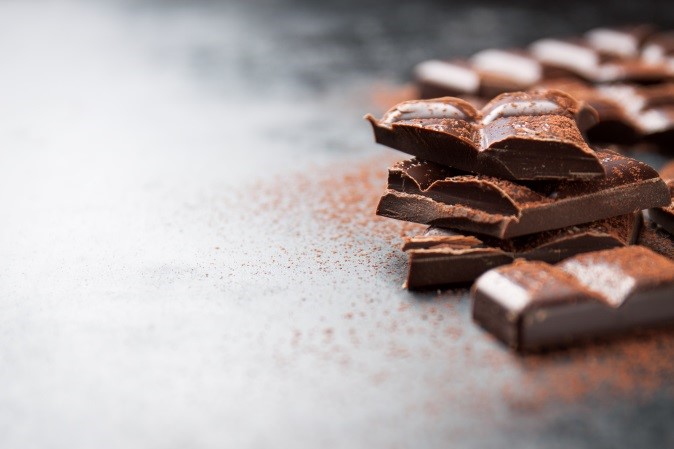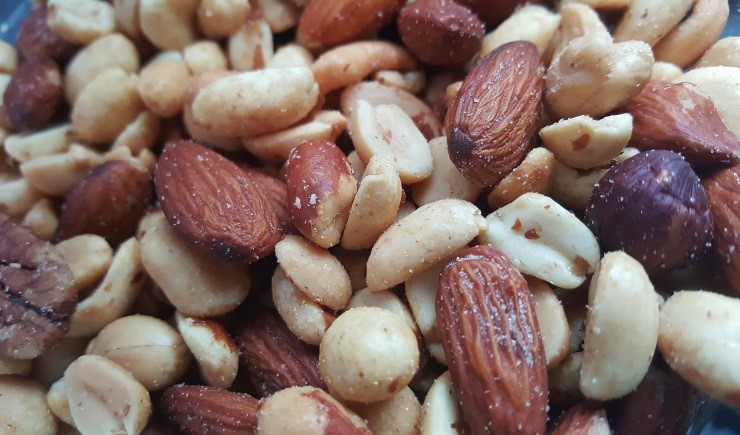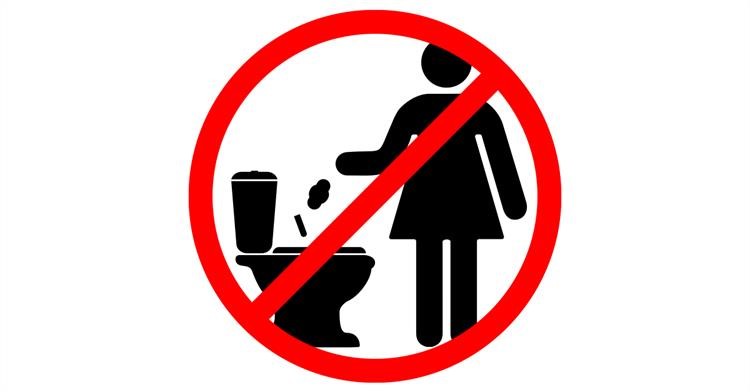Science Of Eating Food During Mensuration
Share this post :
I am deeply passionate about teaching women how to have healthier menstrual cycles. As menstruating women, we spend an average of one out of every four weeks of our lives on our period. That ends up being a quarter of our lives, between menarche and menopause, spent actively bleeding! To me, menstruation is SO significant, I can’t understand why we don’t all talk about it all of the time!
I am writing with the hopes of helping those women out there who suffer from painful menstrual cramps. In one study aimed to determine how MANY women suffer from dysmenorrhea(clinical term for menstrual pain) it was determined that 84% of the participating women experienced some pain, with over 40% of them having that pain every month. I know from speaking to women, that the pain that some endure with every period can be severe enough to completely disrupt their daily lives, leaving them with no choice but to skip school or work and stay curled up in bed with a heating pad. Some women also deal with nausea, vomiting and migraines on top of the immense pain. The pain can also radiate into their lower back and down their legs.
According to a study published in the International Journal of Eating Disorders, ovarian hormones appear to play a major role. The study showed that high progesterone levels during the premenstrual phase may lead to compulsive eating and body dissatisfaction. In a simplified sense, you’re likely to feel more dissatisfied about everything right before your period. This dissatisfaction may be a trigger for you to eat compulsively.
Progesterone peaks right before your period and increasing the appetite combined with a few other reasons, can make someone feel ravenous, especially right before their period starts. Estrogen and progesterone levels aren't the only things that change as your period looms closer. The body starts to produce more cortisol, the stress hormone, in the attempt to help “deal with your period’s effect on your body, "The increase in cortisol brings with it a decrease in serotonin, the "feel good" hormone .Lower levels of serotonin cause increased anxiety, fatigue, sensitivity, and depression, along with the need to eat carbohydrates. According to research "Many of the carbs you eat result in an increased level of serotonin…the more you eat, the better you feel.Your body’s magnesium levels can also have a big impact on food cravings. The hormonal changes you experience during your period, along with "the physical stress of the period.” It all causes magnesium depletion, which can also affect serotonin because it “depends on magnesium for its production and function."


Magnesium is an extremely important mineral and below enclosed some Magnesium rich products which can help including in diet during and before periods.
Chocolate as your go-to magnesium rich food. chocolate is high in magnesium, you might crave it more than normal. Keep in mind that dark chocolate has more magnesium in it than other types of chocolate .
NUTS and SEEDS are high in magnesium and if included like .Cashews, almonds, peanuts, pumpkin seeds, flaxseeds, sunflower seeds and Brazil nuts are high in magnesium


Legumes containing magnesium include black beans, kidney beans, white beans, chickpeas, black-eyed peas, and lentils.
Whole grains are excellent sources of many nutrients, including magnesium. Grains include wheat, oats and barley, as well as pseudo cereals like buckwheat and quinoa
Bananas are among the most popular fruits in the world. Bananas may be better known for being rich in heart-healthy and bone-strengthening potassium, but a medium-size banana also provides 32 mg of magnesium, along with vitamin C and fiber. At only about 100 calories, this is a foolproof high-magnesium food to pop in your bag for a portable breakfast or an easy on-the-go snack.

Leafy Greens Leafy greens are extremely healthy, and many are loaded with magnesium. Magnesium-rich foods include dark leafy greens, which play the role of the ultimate superfood, offering up crucial vitamins and minerals as well as a host of health benefits. Choose raw or cooked magnesium greens such as baby spinach, kale, green turnips, lettuce, and mustard greens to add in your diet.
Adding herbs to your diet These herbal remedies contain anti-inflammatory and antispasmodic compounds that experts believe can reduce the muscle contractions and swelling associated with menstrual pain.
Chamomile Tea Sip two cups of tea per day a week before your period. You may benefit more if you drink it every month. A review of studies reports chamomile tea increases urinary levels of glycine, which helps relieve muscle spasms. Glycine also acts as a nerve relaxant.
Fennel seeds When your period starts, take fennel extract four times a day for three days. A study looked at girls and women 15 to 24 years old. It reported feeling relief of pain .
Cinnamon Taking cinnamon tea or powder three times a day during the first three days of your period reported less bleeding, pain, nausea, and vomiting .
Ginger Try grating a small piece of ginger into hot water for a warm cramp-relieving drink. ginger powder taken four times a day for three days helped with pain relief. It also concluded ginger was as effective as painkiller.
Water: It sounds odd, but drinking water keeps your body from retaining water and helps to avoid painful bloating during menstruation. Warm or hot water is usually better for cramps, as hot liquids increase blood flow to your skin and may relax cramped muscles. You can also eat water-based foods to increase your hydration, including cucumbers, berries, including strawberries, blueberries, and raspberries
Calcium: This mineral can help reduce muscle cramping during menstruation. The recommended calcium at least 1,000 milligrams (mg) per day for women between the ages of 19 and 50. that having low vitamin D levels can cause irregular periods; vitamin D also plays a role in boosting energy levels, bolstering mood, and fighting insomnia—all issues when you’re on your period. Found in: fish oils, fortified milk, egg yolks, sesame seeds.
At last During your period, you will naturally slow down and resist strenuous activity; follow your body’s hints. There are a few avoidances to note (sorry), remembering that it’s a sensitive time of cleansing and hormonal change.
>Avoid cold and raw foods during this time. Cold foods hinder the flow leading to cold/damp conditions. It is advisable for warming drinks and soups instead.
>Avoid refined sugary foods as they are rich in Blood sugar is like a roller coaster during menstruation,” By consuming more of the sweetener, you’re only adding fuel to the fire by letting blood sugar levels rise and drop drastically. “On top of that, sugar is inflammatory and has a tendency to increase cramping,” she says., even though you may be craving them. Try choosing something sweet but wholesome instead, such as stewed apple with cinnamon ,dates, figs and yogurt.
>Avoid stimulants such as caffeine, nicotine, alcohol, and overly spicy foods.
>Rest more. The higher levels of estrogen will make you feel sleepy.
>If you’re feeling bloated and experiencing cramps, add some turmeric and ginger to your tea or warm meals. These spices act to move and disperse any stagnation and inflammation of the abdominal region.
About Author
Niine Team


